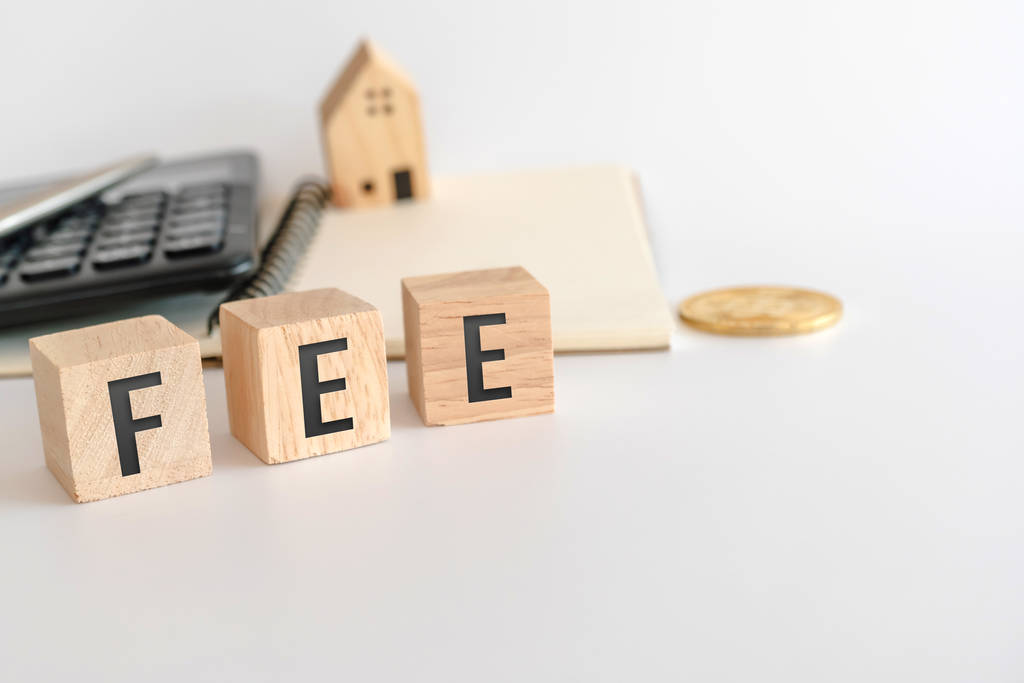
When taking out a home loan, it is important to understand the difference between principal and interest payments. Both are important factors in determining the total cost of the loan, and understanding how they work can help you make the best decision for your financial needs.
What Is a Principal and Interest vs Interest Only Loan?
A principal and interest loan and an interest only loan are two different types of mortgage products. While both can be used to purchase a home, there are key differences between the two. Understanding their differences can help you make an informed decision when choosing a mortgage.
Principal and interest loans are the most common type of mortgage and require borrowers to make regular payments that include both principal and interest. As you pay down your loan principal, the interest you owe also decreases. Over time, the amount of your principal payment increases while the interest payment decreases. This type of loan will eventually be paid off in full with regular payments over a set period.
Interest only loans, on the other hand, allow borrowers to make payments that only cover the interest due on the loan. This means that the loan balance remains the same until the end of the loan term when the remaining balance must be paid off in full. While interest only loans can offer lower monthly payments in the short term, they can be more expensive in the long term as the loan balance must be paid in full at the end of the loan term.
Principal and Interest vs Interest Only: Which One Do I Get?
Deciding between a principal and interest mortgage or an interest-only mortgage can be difficult. It’s important to consider each option's pros and cons before deciding. Here are some factors to consider when deciding which mortgage type is right for you.
First and foremost, you should consider your budget. With a principal and interest loan, you will pay off both the principal and the interest on the loan. This means that you will be paying off the loan faster and will have a shorter loan term. However, this also means that you will have higher monthly payments than you would with an interest-only mortgage.
Second, you should consider your long-term financial goals. If you plan to stay in your home for a long time, then a principal and interest loan may be the best option for you. This type of loan will allow you to pay off the loan faster, meaning you can build equity in your home faster. If you plan to stay in your home for a shorter period, then an interest-only loan may be the best option. This type of loan will allow you to pay only the interest on the loan for a certain time, allowing you to keep your monthly payments low.
Finally, you should consider the risks associated with each type of loan. With an interest-only loan, you are taking on more risk since you are not paying off the principal balance of the loan. This means that if the interest rates increase, your monthly payments will also increase. With a principal and interest loan, however, you are taking on less risk since you are paying off the principal balance of the loan as well as the interest. If the interest rates increase, your monthly payments will increase.
Conclusion
There are pros and cons to a principal and interest loan and an interest only loan. With a principal and interest loan, you will have a higher monthly payment, but you will pay off the loan faster. With an interest only loan, you will have a lower monthly payment, but you will also be paying off the loan longer. It is important to compare the two options and decide which is best for your financial situation.
If you are looking for mortgage lenders in Sydney, you can contact us at Wealthy You. We offer various mortgage solutions for all your needs and capacities. Get in touch with us at Wealthy You to learn more about what we can do for you.





